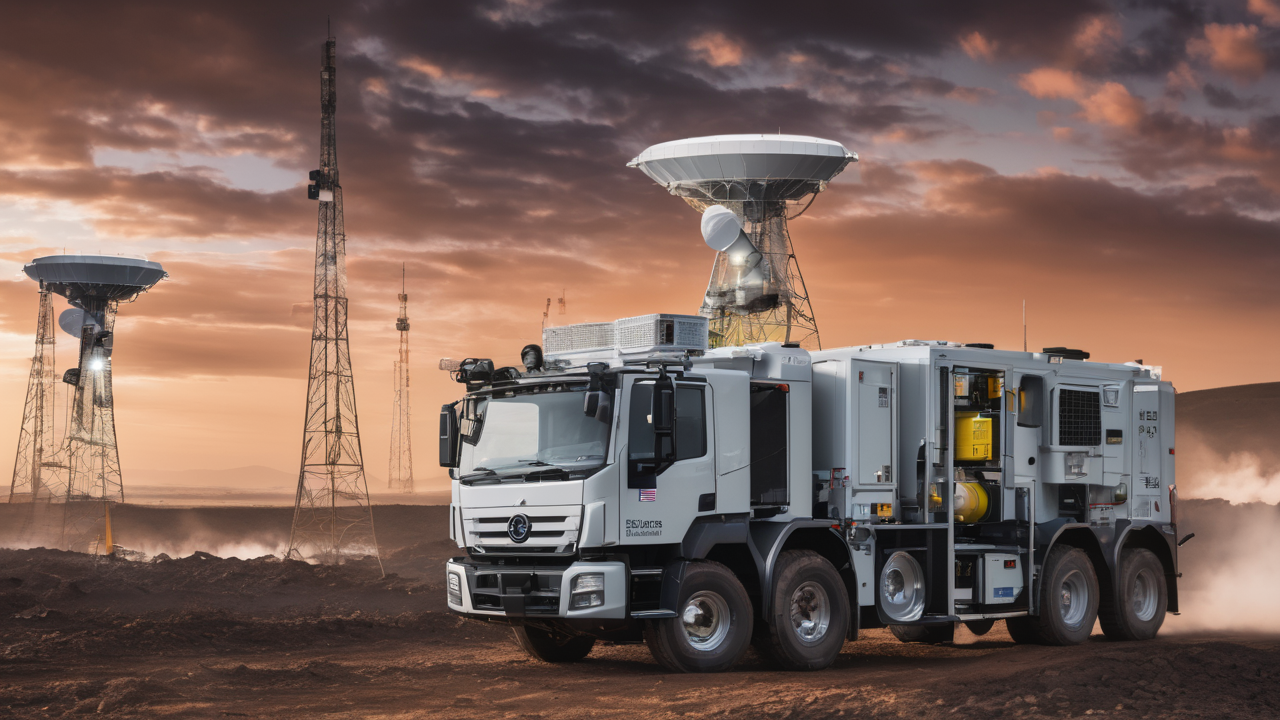The Evolution of Walkie-Talkie Technology in Emergency Response
Historical Development of the Walkie-Talkie
Walkie-talkies have come a long way since their inception. They first appeared during World War II. The military used them for quick, portable communication on the battlefield. After the war, they found use in civilian life. Police, firefighters, and rescue teams adopted them. These devices allowed for instant, two-way communication. They were a big step up from one-way radios.

Early walkie-talkies were bulky and had limited range. They often suffered from interference. Over time, they became smaller and more reliable. Digital technology improved their sound quality. It also increased their range and security. Today's walkie-talkies are far more advanced than their predecessors. They're essential tools for emergency responders across the United States.
Milestones in Satellite Walkie-Talkie Development
Satellite walkie-talkies mark a new era in emergency communication. They combine traditional walkie-talkie tech with satellite connectivity. This fusion overcomes the limitations of terrestrial networks. The first satellite phones appeared in the 1980s. They were large and expensive. Modern satellite walkie-talkies are much more compact and affordable.
Key milestones include the launch of global satellite networks. These networks provide coverage in remote areas. Improved battery life is another major advancement. Today's devices can last for days on a single charge. Integration of GPS technology is also crucial. It allows for precise location tracking of users. This feature is vital for search and rescue operations. The latest models offer clear voice quality and data transmission capabilities.
The Role of Satellite Walkie-Talkies in Modern Emergency Management
Advantages of Satellite-Enabled Communication
Satellite walkie-talkies offer unique benefits for emergency response. They work where traditional communication fails. This is crucial during natural disasters. Storms, earthquakes, and floods often damage cell towers. Satellite devices bypass this problem. They connect directly to orbiting satellites. This ensures reliable communication in any situation.

These devices also have a much wider range than standard walkie-talkies. They can reach across vast distances. This is vital for coordinating large-scale relief efforts. Satellite walkie-talkies are also more secure. They use advanced encryption to protect sensitive information. This is important for law enforcement and military operations. Another key advantage is their durability. They're built to withstand harsh conditions. This makes them ideal for use in extreme environments.
- Reliable in disaster zones
- Wide coverage area
- Enhanced security features
- Durable in extreme conditions
- GPS tracking capabilities
Integration with Current US Emergency Response Systems
Integrating satellite walkie-talkies into US emergency systems is ongoing. Many agencies are adopting these devices. They complement existing communication networks. During major incidents, they serve as a backup system. This ensures continuous communication even if other systems fail. Emergency responders can now coordinate more effectively across different agencies.
Training programs are being developed to familiarize personnel with the new technology. Standard operating procedures are being updated. These changes help maximize the benefits of satellite communication. Some challenges remain. These include the cost of equipment and the need for specialized maintenance. However, the improved reliability and coverage outweigh these concerns for many agencies.
- Serves as a reliable backup system
- Enhances inter-agency coordination
- Requires new training programs
- Updates to standard procedures
- Balancing cost with improved capabilities
Future Directions and Considerations for Satellite Walkie-Talkies
Innovations on the Horizon for Satellite Communications
The future of satellite walkie-talkies looks promising. Emerging technologies are set to enhance their capabilities. Artificial intelligence may improve signal processing and voice recognition. This could lead to clearer communication in noisy environments. Miniaturization of components will make devices even more portable. Battery technology advances will extend operational time.

5G satellite networks are on the horizon. These will offer faster data speeds and lower latency. This could enable real-time video streaming from disaster zones. Augmented reality integration is another possibility. It could provide responders with visual information overlays. This would help in navigation and situational awareness. As satellite constellations grow, coverage will become even more comprehensive.
- AI-enhanced signal processing
- Smaller, more portable devices
- Extended battery life
- 5G satellite connectivity
- Augmented reality features
Challenges and Opportunities in Upgrading US Emergency Response Systems
Upgrading US emergency response systems presents both challenges and opportunities. The main challenge is the cost of widespread implementation. Not all agencies have the budget for new equipment. There's also the need for nationwide standards. This ensures compatibility across different regions and departments. Training all personnel on new technology takes time and resources.
However, the opportunities are significant. Better communication can save lives. It can improve response times and coordination. This leads to more effective disaster management. There's also potential for improved data collection. This can help in planning and preparedness for future events. As technology advances, the cost of satellite communication may decrease. This could make widespread adoption more feasible.
- High initial implementation costs
- Need for nationwide standards
- Extensive training requirements
- Potential for improved disaster response
- Opportunities for better data collection and analysis
Satellite-enabled walkie-talkies represent a major leap forward. They offer reliability, range, and features that traditional systems can't match. As they become more integrated into US emergency response, they will undoubtedly save lives. The challenges of adoption are outweighed by the potential benefits. The future of emergency communication is here, and it's in orbit.


